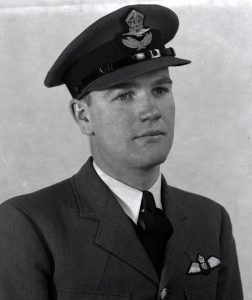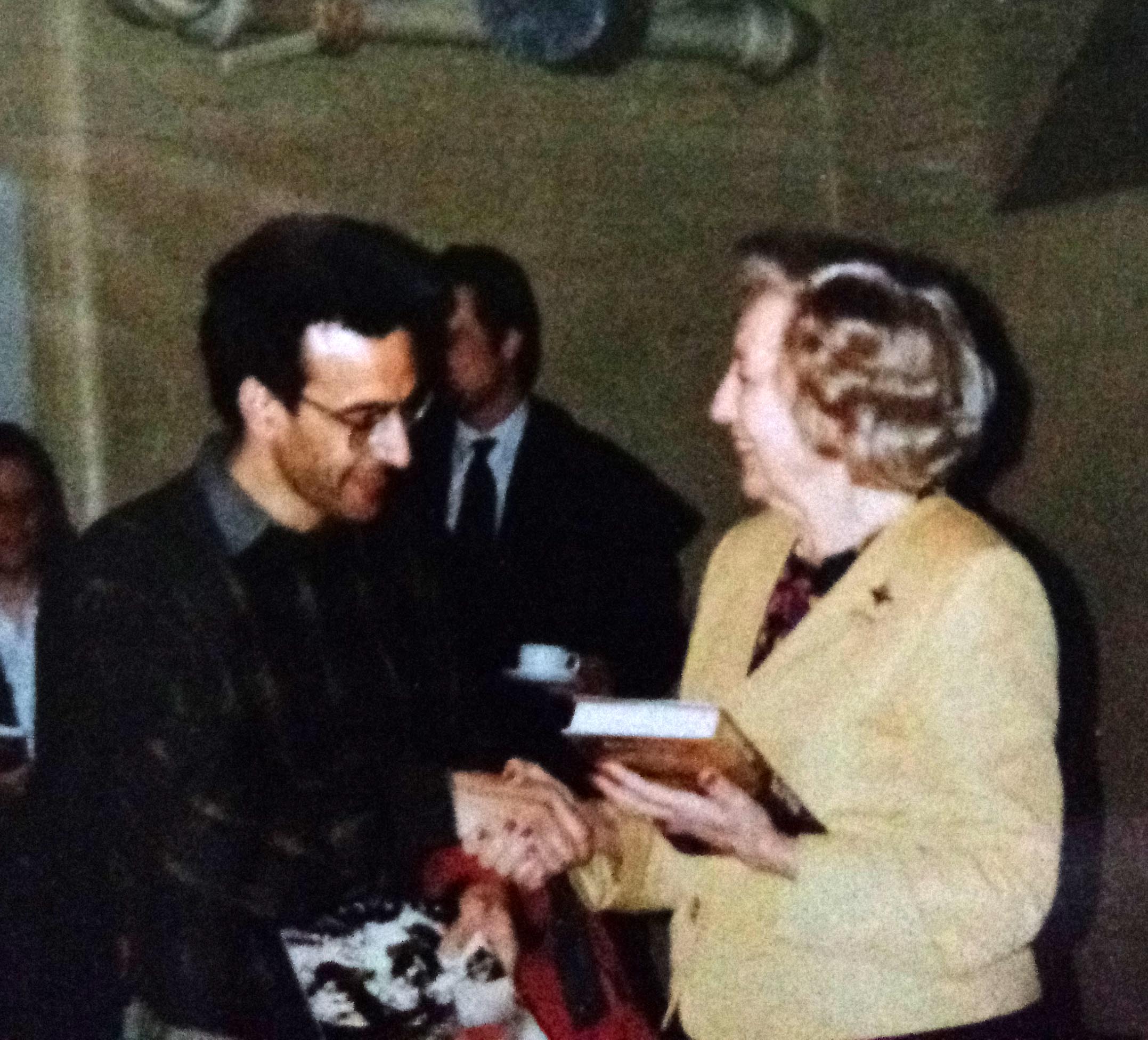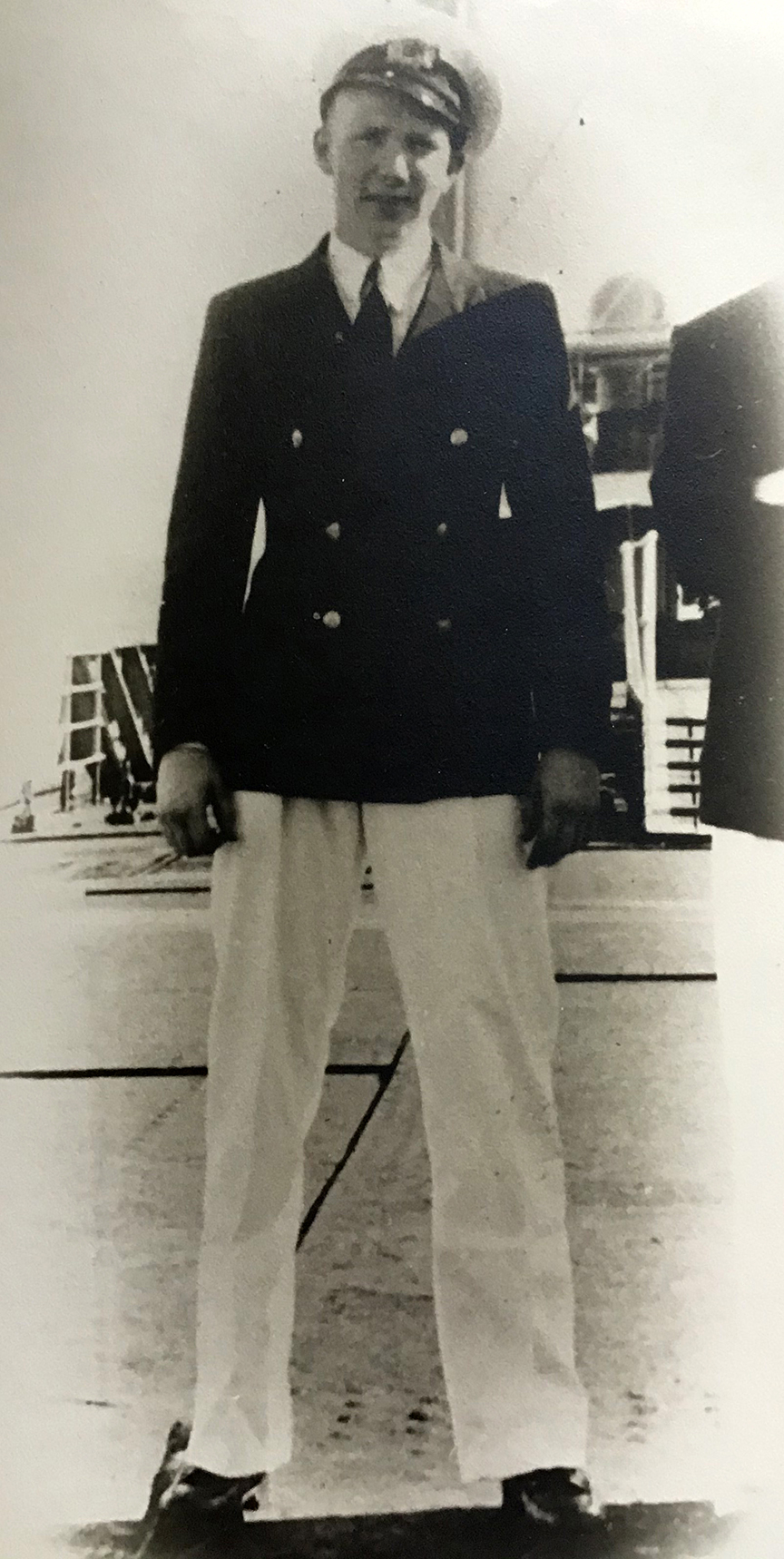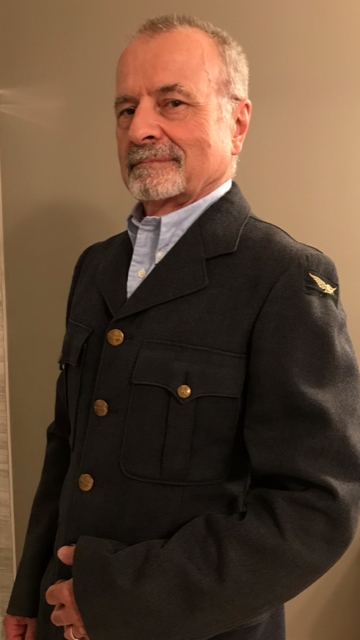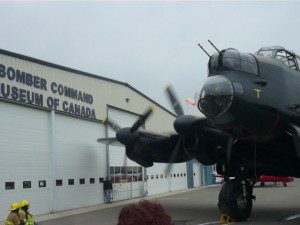
There had been demonstrations against the production in various cities around the world, back in the late 1960s. People were all in flap about the profanity, the references to drugs and promiscuity, the anti-war sentiment, and, oh yes, the nudity.
As the second act of Hair, the American Tribal Love-Rock Musical opened at the Royal Alex Theatre in Toronto, where I saw it in 1970, the stage was covered in a transparent screen. Behind it, those members of the cast who chose to, removed their clothes, stood still facing the audience behind the scrim and chanted together:
“Beads, flowers, freedom and happiness.” (more…)
